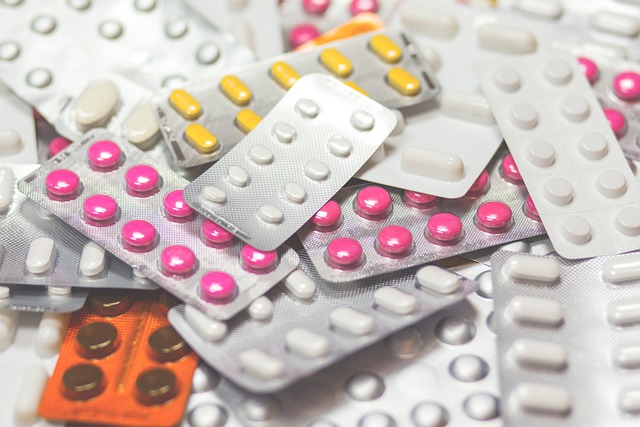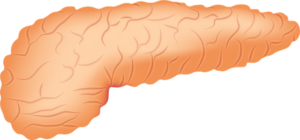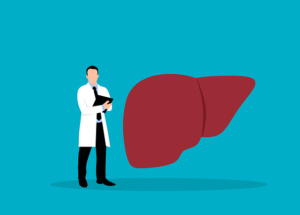
## Introduction
Lymphatic filariasis (LF), also known as elephantiasis, is a mosquito-borne disease that affects millions of people worldwide. India is one of the countries with a high burden of LF, accounting for around 40% of global cases. The National Health Policy of India set a goal to eliminate LF as a public health problem by 2015, which was later extended to 2021. To achieve this goal, the government implemented a Mass Drug Administration (MDA) campaign, providing annual doses of medication to the eligible population in endemic districts. However, the implementation of the MDA campaign has faced challenges and the coverage rates have varied in different districts.
History of Mass Drug Administration for LF in India
In 2004, India launched the National Program to Eliminate Lymphatic Filariasis, which included the introduction of MDA in endemic districts. Initially, a single dose of diethylcarbamazine (DEC) was administered, and later, albendazole was added to the treatment regimen. Over the years, the MDA program expanded to cover more districts, and in 2018, a triple-drug therapy (IDA) consisting of DEC, albendazole, and ivermectin was introduced in selected districts based on the results of global trials.
Challenges in MDA Implementation
The implementation of MDA in India has faced various challenges. One of the key challenges has been poor community participation and low compliance. This has been attributed to factors such as deep-rooted mistrust, fear of side effects, and lack of awareness about the benefits of the treatment. In addition, there have been delays in scheduling MDA rounds, leading to management problems like drug inventory projections, training plans, and accurate counts of community members. Limited external support in terms of funding and technical assistance has further contributed to the challenges.
Global IDA Trial Results
Global trials conducted in India and other countries have shown that the triple-drug therapy (IDA) is more effective for clearing microfilariae than the double-drug combination of DEC and albendazole. Based on the results of these trials, the World Health Organization (WHO) updated its MDA guidelines and recommended the introduction of IDA in selected geographies. The Mectizan Donation Program also committed to providing 100 million treatments per year of ivermectin for IDA introduction globally until 2025.
Introducing IDA Regimen for LF in India
In line with the global recommendations, the Indian government launched the Accelerated Plan for Elimination of Lymphatic Filariasis in 2018, with the aim of eliminating LF by 2027, three years ahead of the global target. The plan includes the introduction of IDA regimen in selected districts. The Ministry of Health and Family Welfare collaborated with various partners to facilitate the rollout process at the national, state, and district levels.
Coverage Evaluation of MDA in Bagalkot and Gulbarga Districts
As part of the MDA campaign, coverage evaluations were conducted in Bagalkot and Gulbarga districts to assess the implementation and coverage rates. The surveys revealed varying compliance rates, with Bagalkot district reporting a compliance rate of 78.6% and Gulbarga district reporting a rate of only 38.8%. The main reasons for noncompliance were fear of side effects and not receiving the tablets.
Recommendations for Improving Compliance
The low compliance rates highlight the need for more effective drug delivery strategies. It is crucial to address the fears and misconceptions about side effects and increase awareness about the benefits of MDA. Strengthening communication campaigns at the village and panchayat level can help in mobilizing the community and improving coverage. Additionally, enhancing the synergy between state and central governments and involving all stakeholders, including opinion leaders and decision-makers, will contribute to the success of the elimination efforts.
Conclusion
The MDA campaign for the elimination of lymphatic filariasis in India has made significant progress, but challenges remain. Through the introduction of the IDA regimen and the implementation of targeted strategies to improve compliance, India aims to eliminate LF as a public health problem by 2027. The commitment of the government, along with the support of partners and the active participation of the community, will be crucial in achieving this goal and improving the lives of millions affected by LF.



